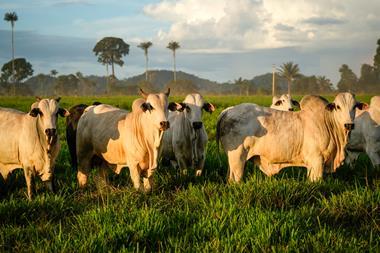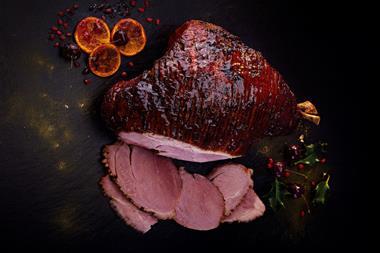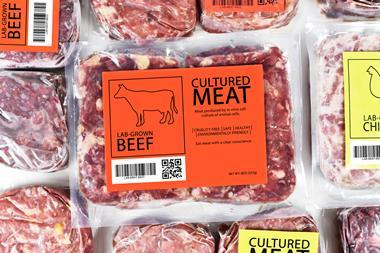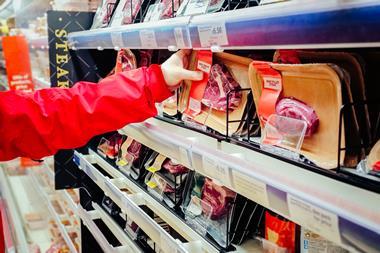End of calf cull scheme may boost fatstock output by only 200,000
Market will stay tight says NBA
Scarcity and high prices are likely to persist in the beef cattle markets well into next year, with the extra manufacturing meat supply from quick-finishing calves merely compensating for the absence of surplus stocks in intervention stores.
This new forecast from the National Beef Association challenges the widely held belief changes in the EU subsidy system together with additional output stimulated by the ending of the Calf Processing Aid Scheme will lead to a much softer market after March 2000.
The NBA's role as a specialist beef producer lobbying group competing for membership against the NFU means its views are treated with some scepticism in the meat trade, but this prediction is based on credible analysis.
Rapid rundown of Intervention Board stocks and signs of contraction in the beef breeding herd are two factors leading the NBA to warn of protracted shortage and claim "there is no prospect of a rise in prime cattle numbers until next July".
However, the most intriguing element in its analysis is the belief the end of the CPAS today [July 31] will result in only a relatively modest uptake of calves for fattening to light beef weights of about 250kg.
Most industry estimates range up to 300,000 extra stock joining the fat slaughter cattle herd annually. "We think the number will be closer to 200,000," NBA chief executive Robert Forster told The Grocer.
This appears to imply additional manufacturing beef output little or no greater than the present UK intervention beef stockpile, which is likely to be exhausted soon after Christmas.
{{MEAT }}
Close menu
- Home
- Retail & Wholesale
-
Products & Suppliers
- Back to parent navigation item
- Products & Suppliers
-
Product Categories:
- Back to parent navigation item
- Product Categories:
- Alcoholic drinks
- Bakery
- Cereals & breakfast
- Cheese
- Chicken & poultry
- Chocolate
- Confectionery
- Crisps, nuts & snacks
- Dairy
- Fish
- Fresh produce
- Frozen
- Household
- Meat
- Own Label
- Sauces & condiments
- Seasonal
- Soft drinks
- Vaping
- Vegan & plant-based
- World foods
- Suppliers
- People
- Reports & Data
-
Topics A-Z
- Back to parent navigation item
- Topics A-Z
-
Popular topics:
- Back to parent navigation item
- Popular topics:
- Cost of living crisis
- Crime
- Deposit Return Schemes
- Finance
- Government & Regulation
- Health
- Inflation
- Loyalty
- Marketing
- Mergers & Acquisitions
- New Product Development
- Sourcing
- Supply chain
- Sustainability & environment
- Technology
- Ultra Processed Foods
- Vaping
- A-Z all topics
- Content by type:
- Events
- Ask iA (beta)
- Subscribe now
Sign in to comment on this article
Not logged in before? Register for FREE guest access today.
You will be able to:
- Read more stories
- Receive daily newsletters
- Comment on stories
Advert















No comments yet